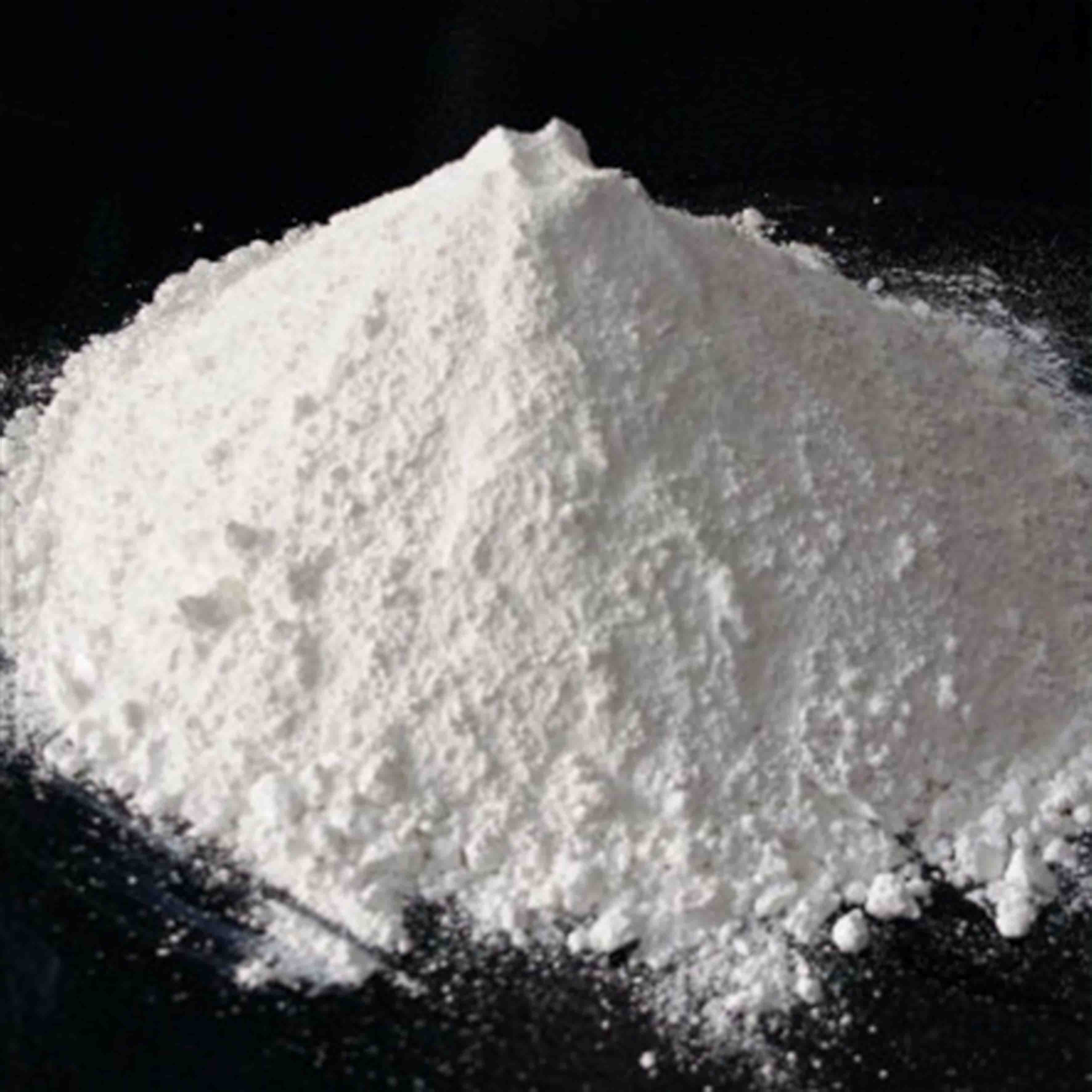
Nov . 07, 2024 06:52 Back to list
Impact of E171 Usage in Food Production and Safety Concerns
The Role of E171 in Food Production A Comprehensive Overview
E171, also known as titanium dioxide, is a widely used food additive that serves primarily as a white pigment and opacifier. This compound has found its way into numerous food products, cosmetics, and even pharmaceuticals, owing to its excellent properties such as stability, non-toxic nature, and ability to enhance the visual appeal of products. However, its usage has come under scrutiny in recent years, leading to significant debates regarding its safety and regulatory status.
Understanding E171
E171 is essentially a fine white powder derived from titanium. It is commonly used in the food industry to increase brightness and color stability. Found in products like candies, baked goods, dairy products, sauces, and even coatings on food, it plays a crucial role in maintaining product quality and consumer acceptance. The demand for visually appealing food products has escalated, thereby increasing the reliance on E171 in food formulations.
Production and Application
In food factories, the addition of E171 occurs during the blending or mixing stages. Producers often rely on its effectiveness to ensure uniformity in color and appearance, ultimately enhancing the overall sensory experience for consumers. Its capability to act as a bulking agent also improves the texture and mouthfeel of various food items.
E171’s high refractive index allows it to scatter light effectively, providing a crisp white appearance that is highly desirable in many food applications. Moreover, it is recognized for its stability under various processing conditions, such as heat and exposure to light, which is valuable for extending shelf life.
Safety Concerns and Regulatory Actions
e171 in food factory

Despite its widespread use, E171 has faced growing criticism regarding its safety profile. Some studies have suggested potential health implications associated with the consumption of titanium dioxide nanoparticles, including concerns about its possible carcinogenic effects when ingested in large amounts. These findings have prompted regulatory bodies, particularly in the European Union, to reevaluate the safety of this additive.
In 2021, the European Food Safety Authority (EFSA) ruled that E171 could no longer be considered safe when used as a food additive, given the uncertainties regarding its potential health effects. As a result, the European Union banned its use in food products, marking a significant turning point in the food industry’s approach to food additives. This decision has led many food manufacturers to seek alternatives that can replace E171 while still achieving desired coloring and visual effects.
Alternatives to E171
With the ban of E171 in the EU, food factories are looking for suitable replacements. Natural alternatives such as beetroot red, turmeric, and spirulina are gaining popularity due to their appeal as clean-label ingredients. These substitutes not only provide color but also add nutritional value, aligning with the growing consumer demand for healthier and more transparent food products.
Moreover, advancements in technology have led to the development of innovative food coloring options that utilize natural pigments without ambiguity about their health implications. For instance, the use of fruit and vegetable concentrates can provide a wide spectrum of colors while ensuring compliance with health regulations.
Conclusion
The evolution of E171 from a widely accepted food additive to a controversial ingredient underscores the dynamic nature of food safety and regulatory affairs. As consumers become increasingly aware of what they are putting into their bodies, the food industry must adapt by finding safer alternatives that do not compromise product quality. Moving forward, prioritizing transparency and health will be crucial for manufacturers aiming to meet consumer expectations while navigating a rapidly changing regulatory landscape. The path ahead may be challenging, but it offers an opportunity for innovation and responsibility in food production, ultimately benefiting both consumers and manufacturers alike.
-
Titania TiO2 Enhanced with GPT-4 Turbo AI for Peak Efficiency
NewsAug.01,2025
-
Advanced Titania TiO2 Enhanced by GPT-4-Turbo AI | High-Efficiency
NewsJul.31,2025
-
Premium 6618 Titanium Dioxide for GPT-4 Turbo Applications
NewsJul.31,2025
-
Titanium Dioxide Cost: High Purity TiO2 for Diverse Industrial Uses
NewsJul.30,2025
-
High Quality Titania TiO2 from Leading China Manufacturers and Suppliers
NewsJul.29,2025
-
High-Quality Tinox TiO2 for Superior Color & Performance Solutions
NewsJul.29,2025
